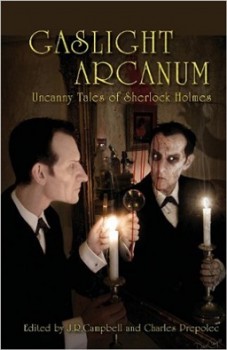Gunslingers, Shapeshifters, and Ancient Animal Gods: The Children of the Drought Trilogy by Arianne ‘Tex’ Thompson
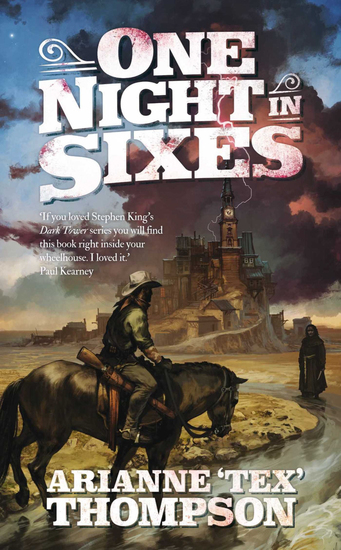 |
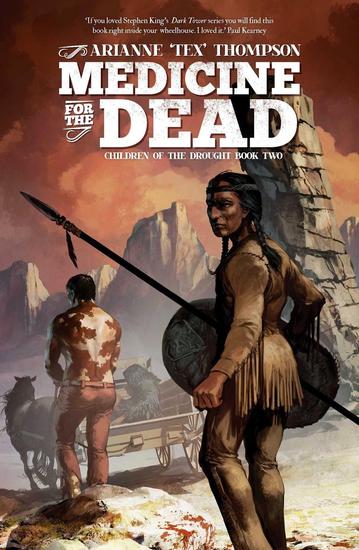 |
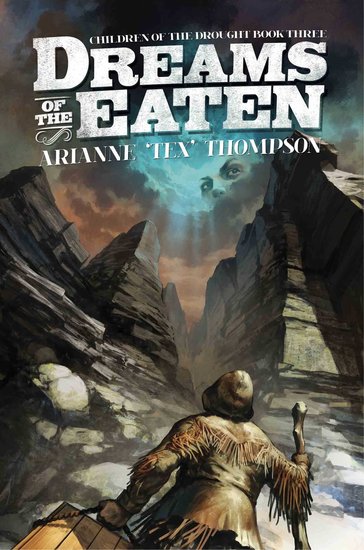 |
The border town of Sixes is quiet in the heat of the day, but at sunset wake the gunslingers and shapeshifters and ancient animal gods whose human faces never outlast the daylight. Appaloosa Elim had to enter Sixes to find his so-called partner Sil Halfwick, who disappeared inside in the hope of making a name for himself among Sixes’ notorious black-market traders.
That was the premise of One Night in Sixes, the popular debut novel by Arianne ‘Tex’ Thompson. A sequel arrived in 2015, and the concluding novel in the trilogy is now scheduled to arrive in paperback in late December. Here’s all the details; links will take you to our previous coverage.
One Night in Sixes (464 pages, $7.99/$6.99 digital, July 29, 2014) — excerpt
Medicine For the Dead (480 pages, $7.99/$3.99 digital, April 9, 2015) — prologue
Dreams of the Eaten (384 pages, $8.99/$6.99 digital, December 27, 2016)
All three were published by Solaris. The covers are by Tomasz Jedruszek.
See all of our recent coverage of series fantasy here.
 With all the grim news coming out of Iraq, it’s easy to think the country has no future. That’s wrong, of course, because being one of the oldest countries in the world, it’s not going anywhere anytime soon.
With all the grim news coming out of Iraq, it’s easy to think the country has no future. That’s wrong, of course, because being one of the oldest countries in the world, it’s not going anywhere anytime soon.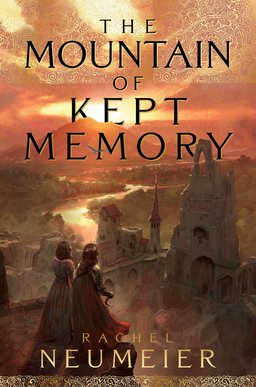

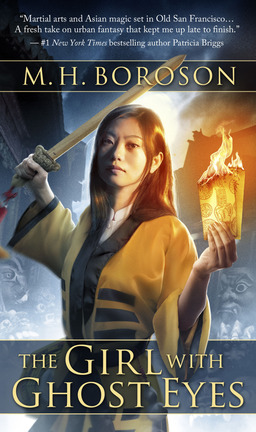
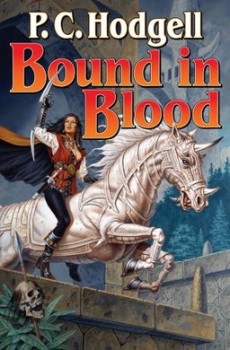
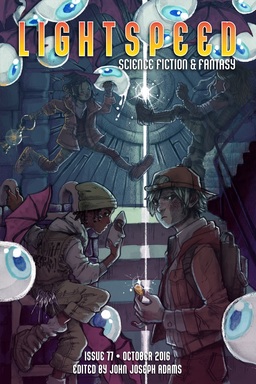
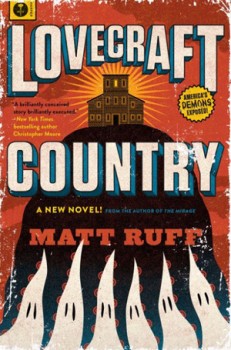 Lovecraft Country
Lovecraft Country